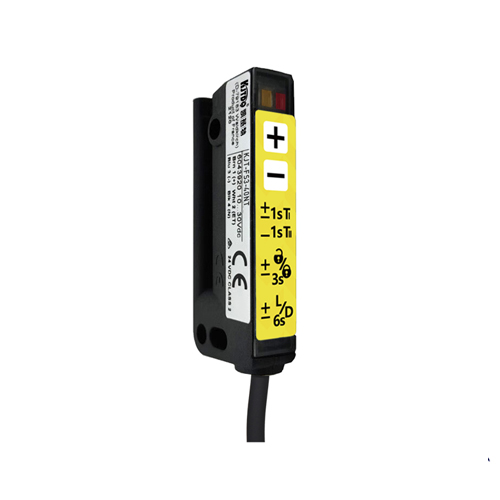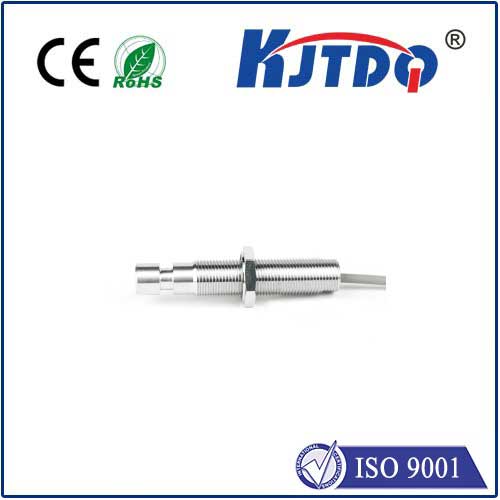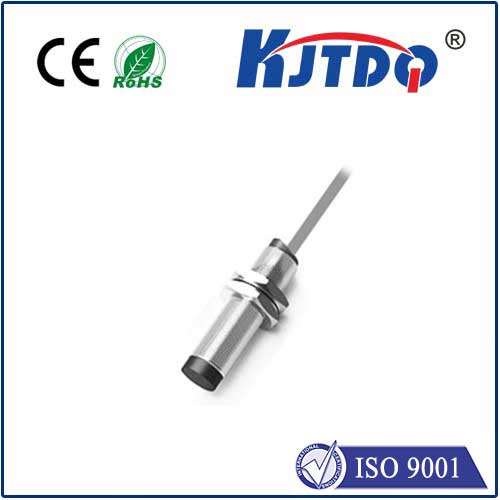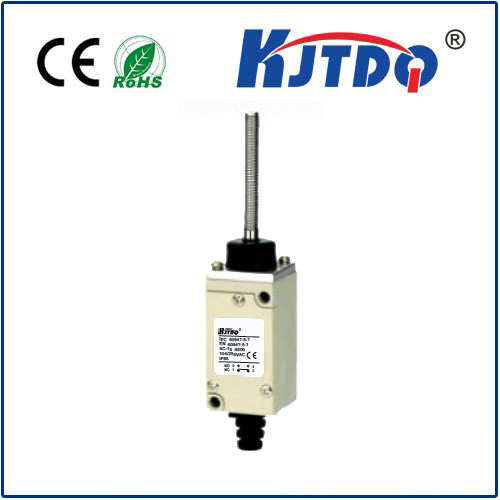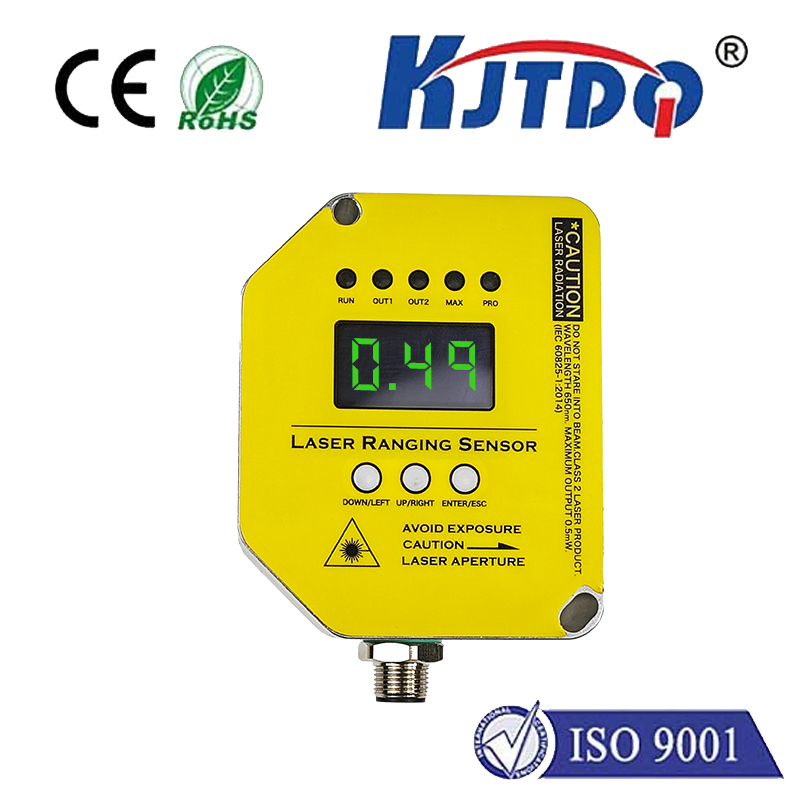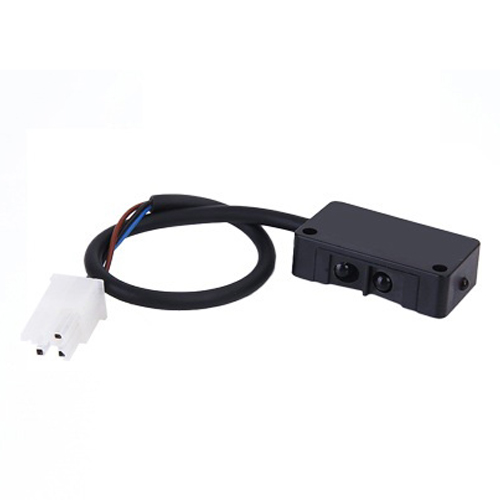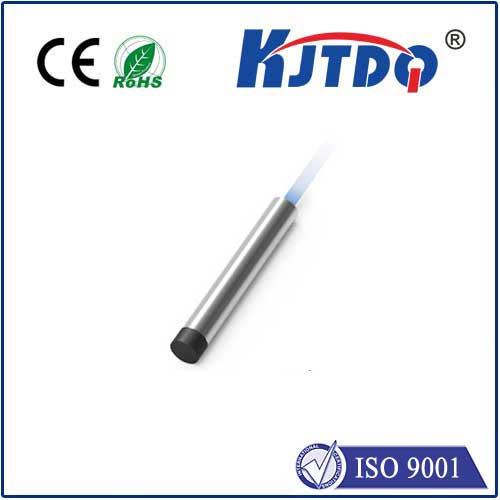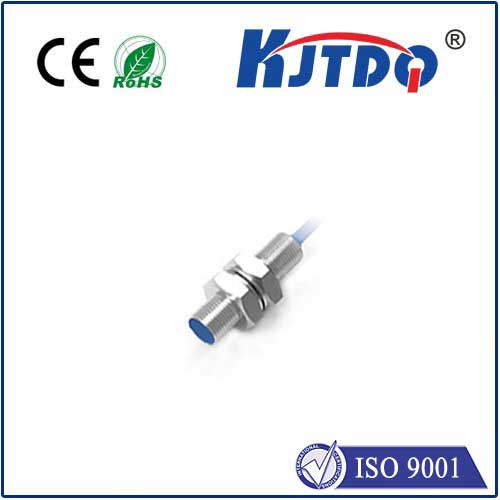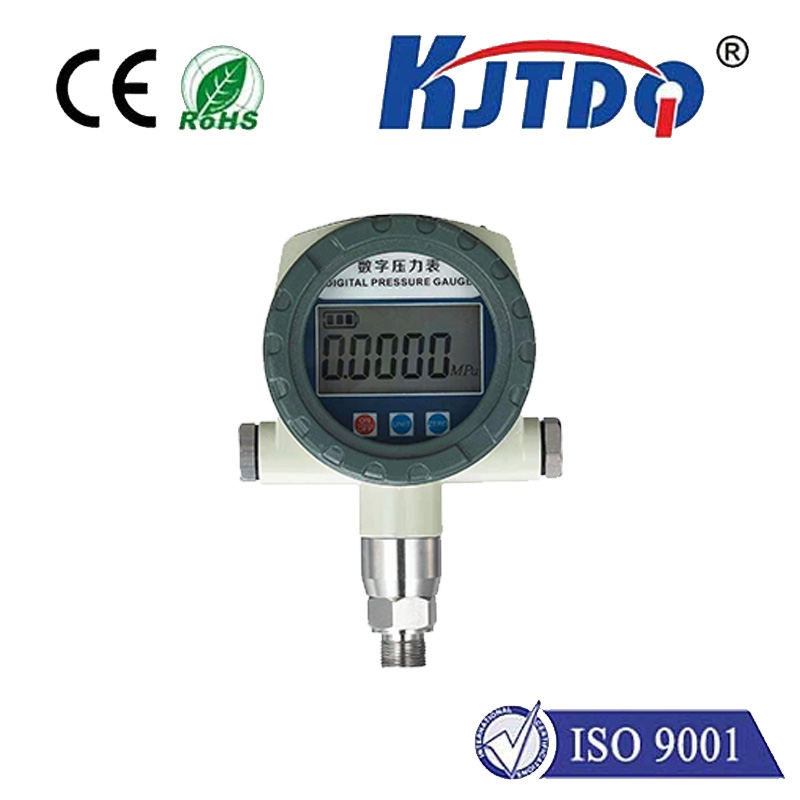

check

check

check

check
Imagine walking into a dimly lit room, and the lights flicker on seamlessly—no switch needed. Or a robotic arm in a factory halting instantly as a worker approaches, preventing accidents. This magic hinges on coding sensor proximity, where software meets hardware to detect nearby objects without physical contact. In today’s fast-paced world of automation, this integration isn’t just a convenience; it’s the core of efficiency and safety, driving innovations across industries like IoT, robotics, and consumer electronics. As demand for smarter systems grows, mastering proximity detection in code unlocks new frontiers, making devices more intuitive and responsive than ever before.
Understanding sensor proximity forms the bedrock of modern programming. Proximity sensors are non-contact devices that detect objects within a specific range, using technologies like infrared (IR), ultrasonic, or capacitive sensing. For instance, IR sensors emit light beams that bounce off surfaces—when an object interrupts the beam, the sensor triggers an electrical signal. In coding, this translates to writing algorithms that interpret these signals in real-time. A common example involves Arduino or Raspberry Pi microcontrollers, where developers program sensor inputs to control outputs, such as activating a motor or sending alerts. This intersection of hardware and software demands precision; a poorly coded routine could misread distances, leading to costly errors. Thus, mastering proximity detection means ensuring code handles sensor data accurately, minimizing false positives from environmental noise like heat or vibrations.

The applications of coded proximity sensors span countless sectors, amplifying operational efficiency. In industrial automation, robotic arms use ultrasonic sensors to navigate assembly lines safely. Coders implement logic in languages like Python or C++ to compute distances—say, if an object comes within 10cm, the robot pauses automatically. This reduces downtime and enhances worker safety, as highlighted by statistics showing a 40% drop in workplace injuries with such systems. Similarly, in consumer tech, smartphones employ capacitive proximity sensors to dim screens during calls, conserving battery life. For smart homes, integration with platforms like Home Assistant allows for hands-free controls; code interprets sensor data to turn lights on when someone enters a room. Even in healthcare, wearable devices monitor patient movements using coded proximity, alerting caregivers if a fall is detected. Each application showcases how programming proximity sensors transforms passive devices into proactive solutions, achieving seamless human-machine interactions.
Key benefits emerge when coding sensor proximity effectively. Foremost is enhanced energy efficiency—sensors only activate systems when needed, slashing power consumption by up to 70% in smart buildings compared to constant operation. Plus, it bolsters safety; automated vehicles rely on coded proximity to avoid collisions, with algorithms calculating relative speeds and distances instantly. Another advantage is cost reduction: factories implement sensor-based automation to minimize manual oversight, boosting productivity without extra labor. However, challenges like electromagnetic interference or calibration errors must be addressed in the coding phase. Developers counter this by incorporating error-handling routines, such as averaging multiple sensor reads or using machine learning for adaptive thresholding. Tools like ROS (Robot Operating System) simplify this, providing libraries for robust proximity programming. Ultimately, these benefits underscore why businesses invest heavily in this tech, driving innovation in AI-driven systems.
As we look ahead, the future of proximity coding promises even smarter integrations. Advancements in edge computing allow sensors to process data locally, reducing latency and improving responsiveness for applications like drone navigation. With the rise of 5G and IoT, networked sensors can share proximity data across devices, enabling coordinated actions in smart cities. For coders, mastering frameworks like TensorFlow for predictive proximity modeling will be crucial. By embracing these trends, industries can leap toward a world where devices anticipate needs effortlessly. In essence, coding sensor proximity isn’t just a technical skill—it’s the key to unlocking a more intuitive, efficient, and safe automated future.
